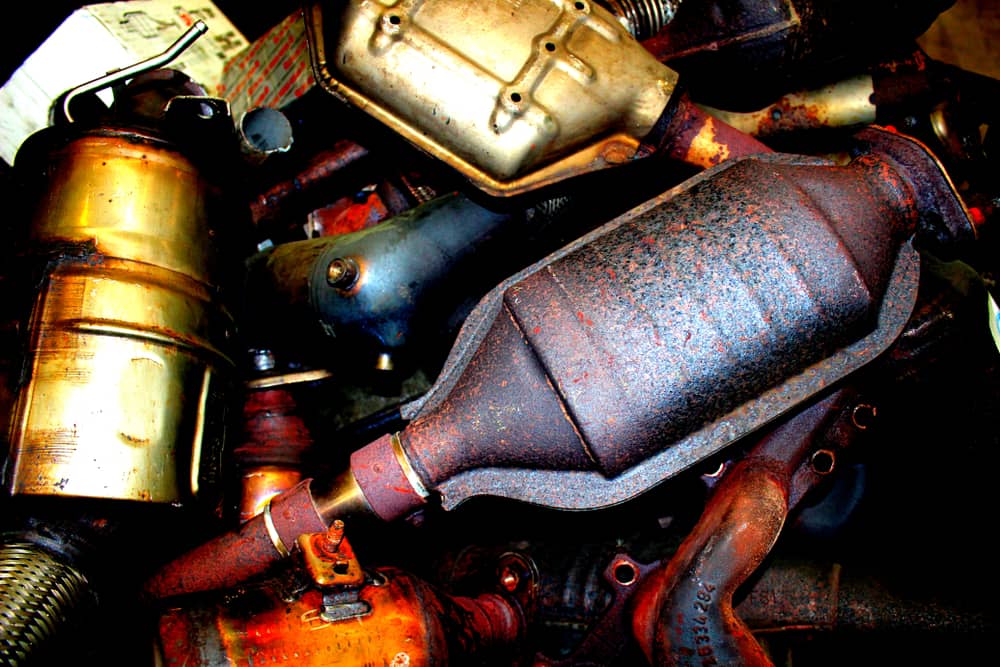4 ways to check if your car battery is still working
When dealing with electrical problems in your car, finding the culprit component may prove to be a mind-boggling process. However, the standard procedure is to start your investigation with the source of electric power in your vehicle – the car battery.
Here are the many ways with which you can check the health and operational performance of your car battery.
Ways to Check Your Car Battery
1. Check for Indicators
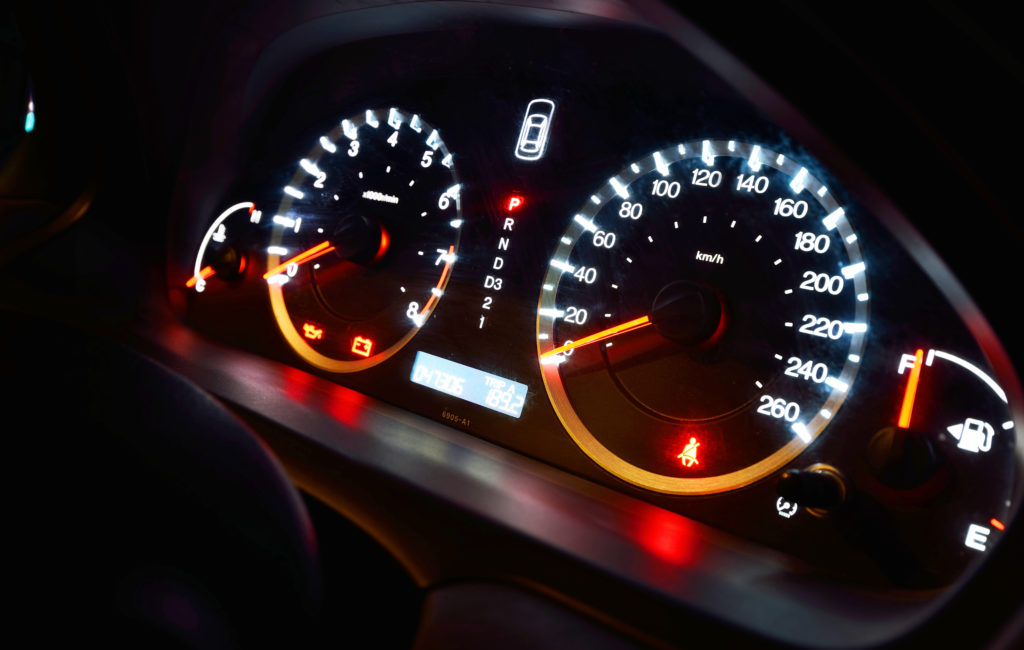
When a battery isn’t performing as required, chances are that the vehicle’s self-diagnostic systems will pinpoint the problem. Look for lighted up indicators on the dashboard that resemble a battery. If nothing like that is there, open the bonnet and check the battery itself.
The gel-type batteries have an integrated gauge indicator that changes colour when the electric power generation performance is low. Usually, the interpretation of the colours is given right on the battery.
2. Check the Voltage
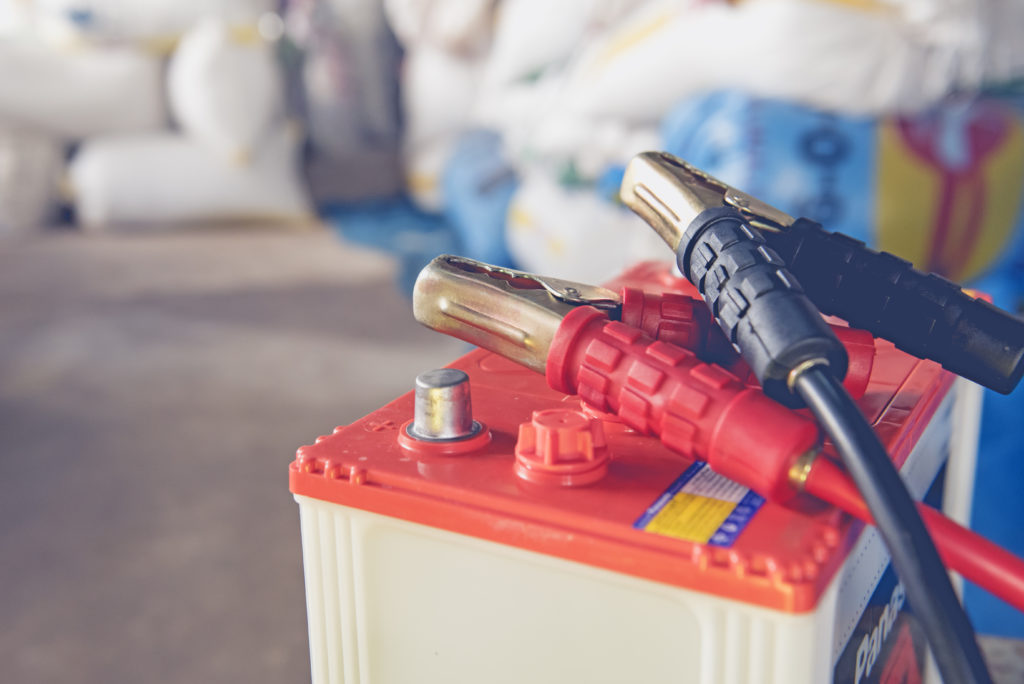
If everything looks good, proceed to test the produced voltage of the battery by using a standard multimeter.
Anything below 12.2 volts should be considered too low. Then repeat the measurement with the engine running. In the second case, the measurement shouldn’t be less than 13.4 volts and no more than 14.7 volts.
Before you start taking measurements, make sure to set your multimeter to the “DC Voltage” setting. The “perfect voltage” when the engine is not running is in the range of 12.4 – 12.7 volts.
Do note that if the battery is discharged, you should fully charge it first before measuring its voltage.
3. Conduct a Load Test
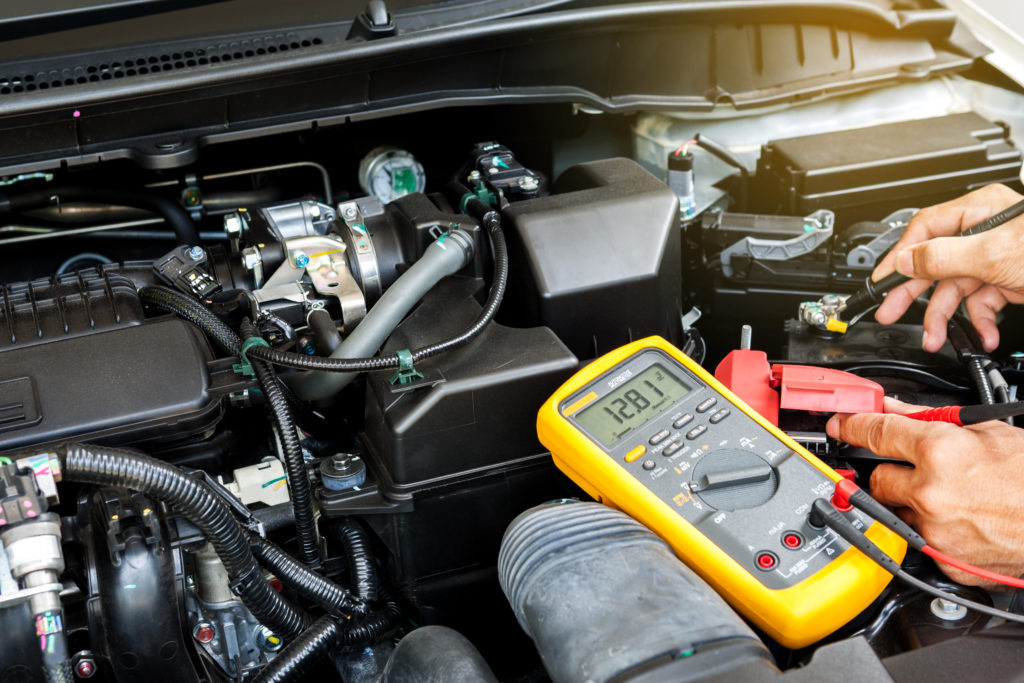
The load test is basically the process of measuring the voltage with the multimeter but this time by applying a load on the engine.
The simplest way to conduct this is by starting your car while setting your multimeter to monitor the “min/max” voltage. When the engine starts, the starter draws quite a lot of energy from the battery, so the battery is somewhat strained. The test can be considered as “passed” if a minimum of 9.6 volts is maintained for 15 seconds.
After the engine starts, activate your headlights and your radio to add more loads.
4. Conduct an Electronic Test
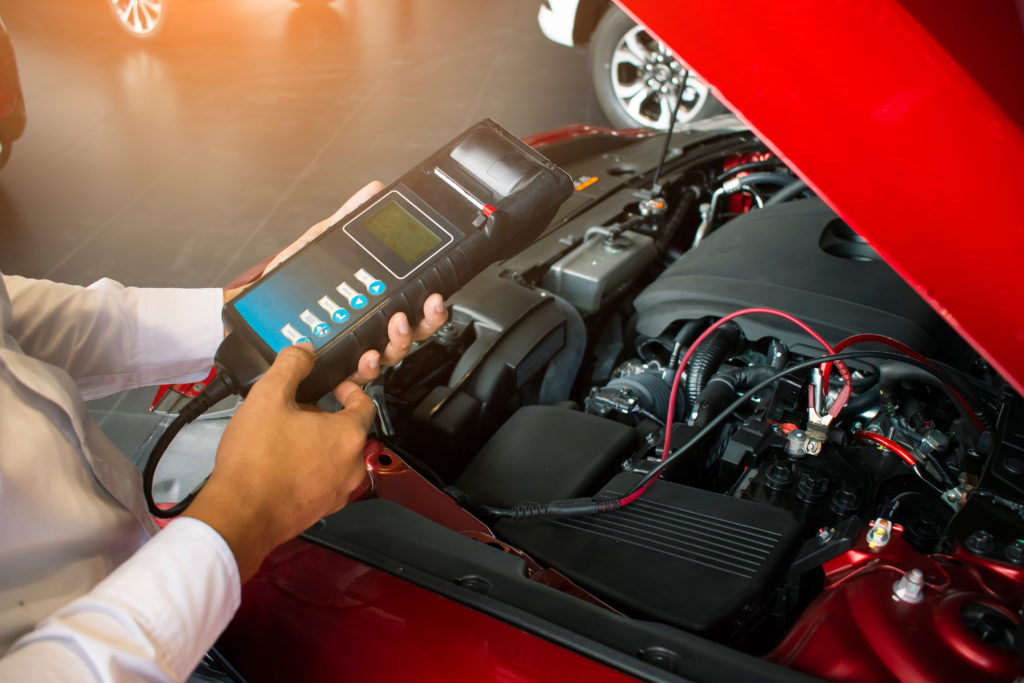
For this test, you will need to use a specialized electronic tester. This instrument sends a frequency wave to the inner chemical layers of the battery and determines the condition of the cells, based on the return of the signal. The test can be considered as “passed” if the instrument gives a “healthy state” result.
Before conducting this test, make sure that the electronic tester that you have at your disposal is suitable for your battery, and that it can measure the particular voltage and capacitance ranges that are featured by your battery.
What’s next?
After doing all these tests and your car battery is still not responsive, it usually means that it’s dead. You can try to ‘wake it up’ but following this simple guide to jumpstart your engine.
After you get the battery to work again, don’t forget to send it to a trusted car workshop to get your car battery replaced.
People also liked: WHAT’S THE DIFFERENCE BETWEEN LEASING AND CAR SUBSCRIPTION? IS YOUR AIRBAG LIGHT ON? HOW TO GET CHEAPER CAR INSURANCE IN SINGAPORE



